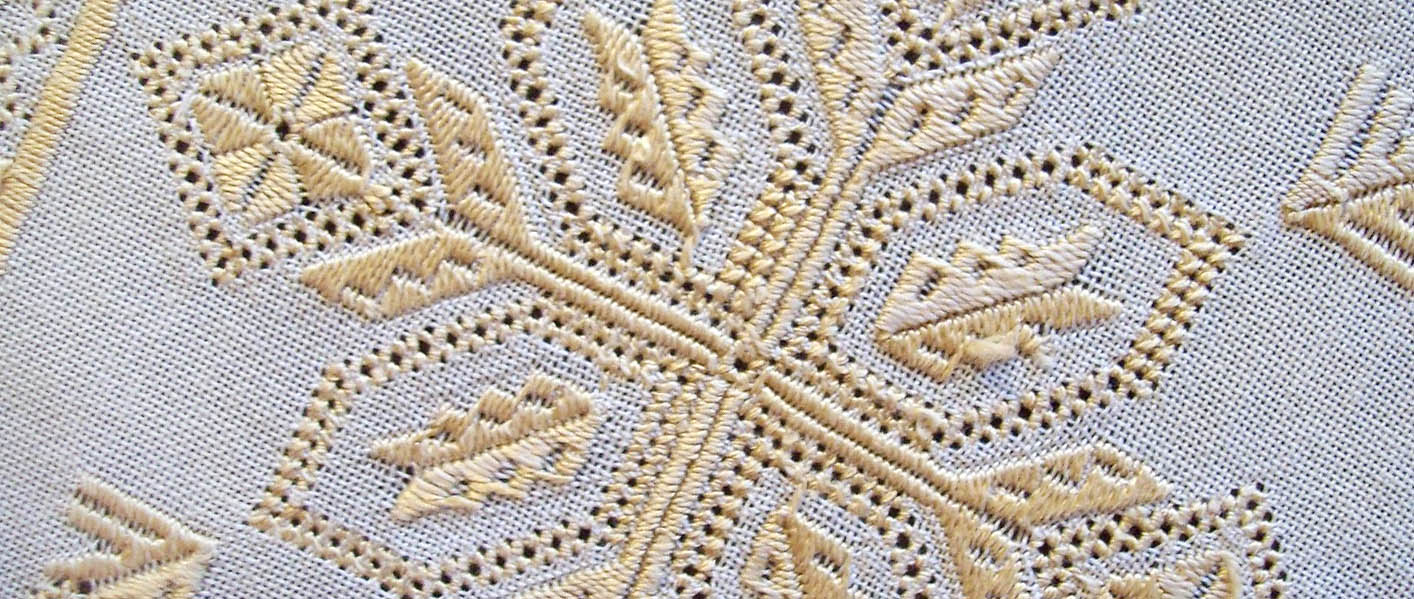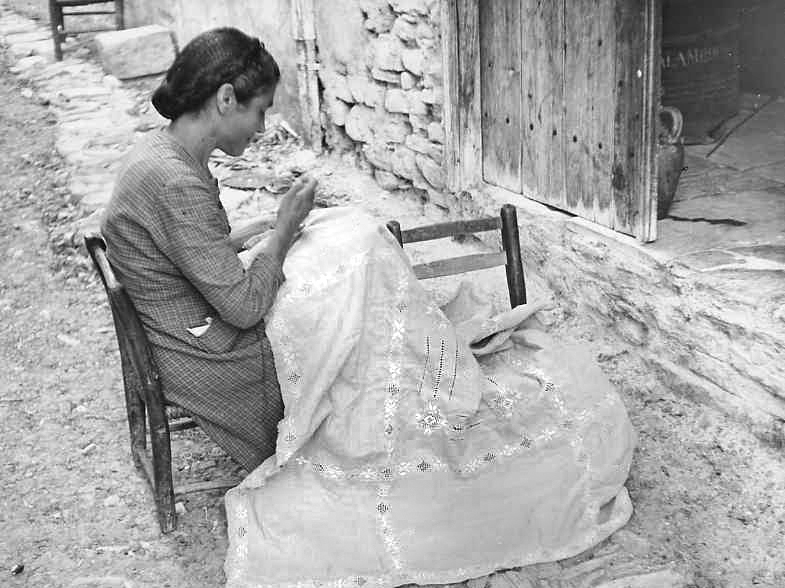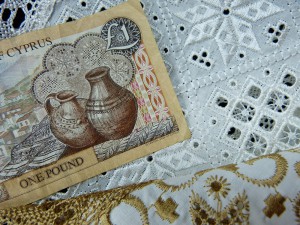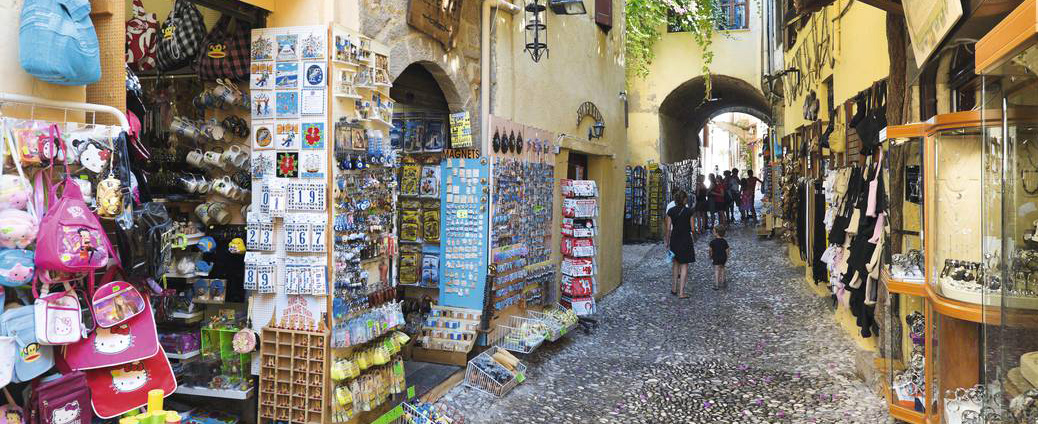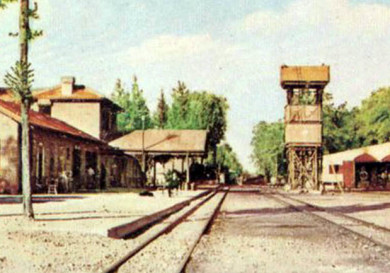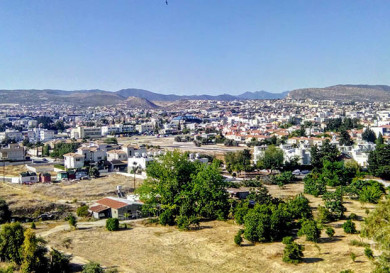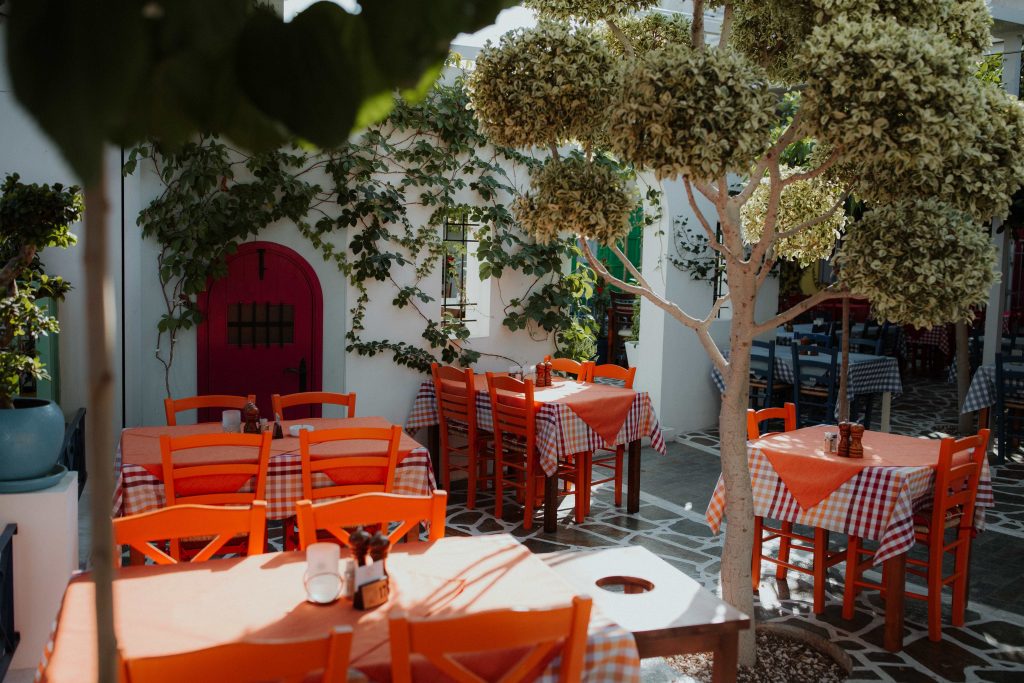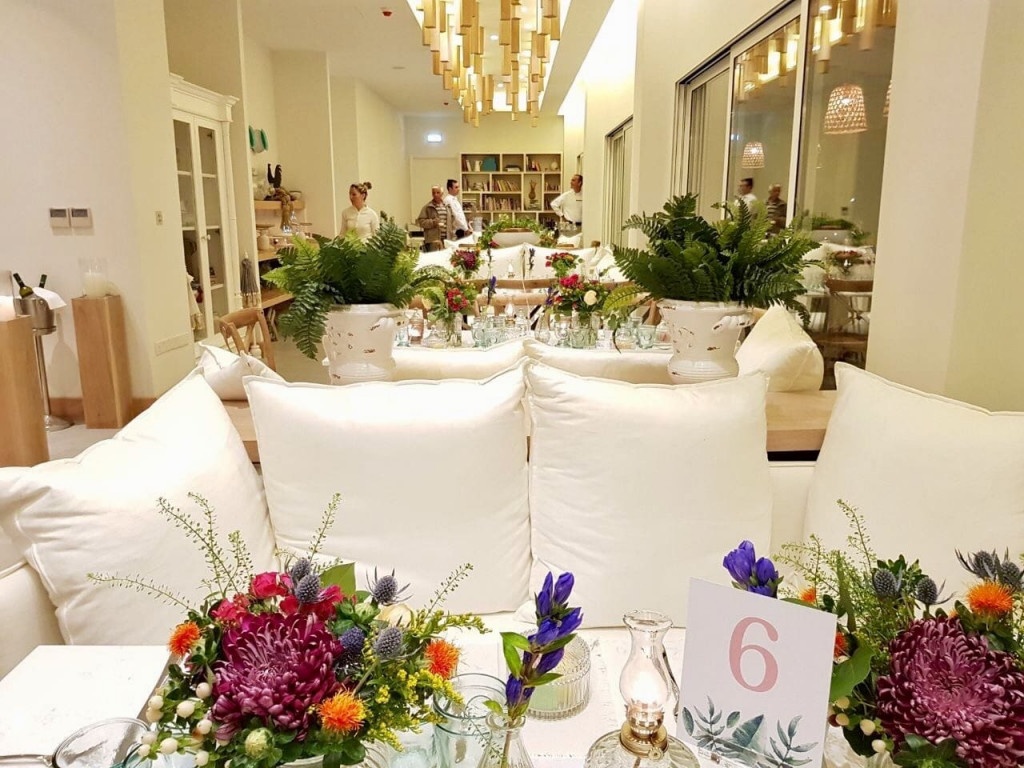Close to both Larnaca and Limassol, and 20 km from the coast, stretches the small mountain village of Lefkara where the unique art of lace making, lefkaritika or ‘tagiades’, was born.
A child of a summer fling
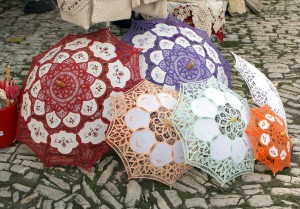 The Lefkarian technique was the result of a holiday romance between traditional Italian lace and the ancient Cypriot art «asproplumi».
The Lefkarian technique was the result of a holiday romance between traditional Italian lace and the ancient Cypriot art «asproplumi».
Lefkaritika is thought to have been born in the 15th century, during the Venetian rule where Cypriot embroiderers added a local flavour to the adopted style of the Italian settlers.
This Lefkaritika then conquered the world and became a hallmark of Cyprus. Visitors cannot leave the little Cypriot village without such a souvenir.
The Legend of Da Vinci
Back in 1481, ancient legend has it that on a visit to Lefkara, Leonardo da Vinci admired the craftsmanship of the local lace makers and purchased an embroidered veil as a souvenir, later donating lefkarian canvas for the alter at the Cathedral in Milan.
It is rumoured that the now famous “Leonardo ornament” was based on sketches for a pattern given by the artist.
What unites Leonardo da Vinci and the Pope? Lefkarian lace.
At the request of the Catholic nuns of the monastery, Lefkara embroidery made an identical copy of Leonardo’s veil, at a purported cost of what amounted to 20 thousand euros. The historical tablecloth was presented to the Pope during His visit to Cyprus.
Code of lefkaritika – secrets of traditional embroidery art in Cyprus
It’s no wonder that Leo da Vinci was interested in lefkaritika as it is as enigmatic as his own paintings. In deciphering the patterns you are unlikely to come across many curved lines as this is not typical for Lefkarian embroidery, but the traditional geometric patterns, handed down from generation to generation, are full of grace.
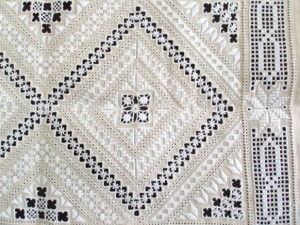 Motifs and styles of lefkaritika
Motifs and styles of lefkaritika
The most frequently used motif is “Potamos”, meaning ‘river’ but the clear, symmetrical lines can also be seen in other figures of lefkarian embroidery: “Do not forget me”, “Palm Grove”, “Margarita” or “Mosaic” and the popular web designs.
The key elements of the Byzantine style lay with Christian crosses, and with the “Da Vinci” style, the famous «Leonardo pattern».
Occasionally the lace is decorated with flowers or butterflies.
Create special lefkarian lace yourself
To start with you need to choose the colour of the material, which for Lefkarian lace can only be either white, beige or the colour of unbleached linen (also known as “pistachio” or “olive”).
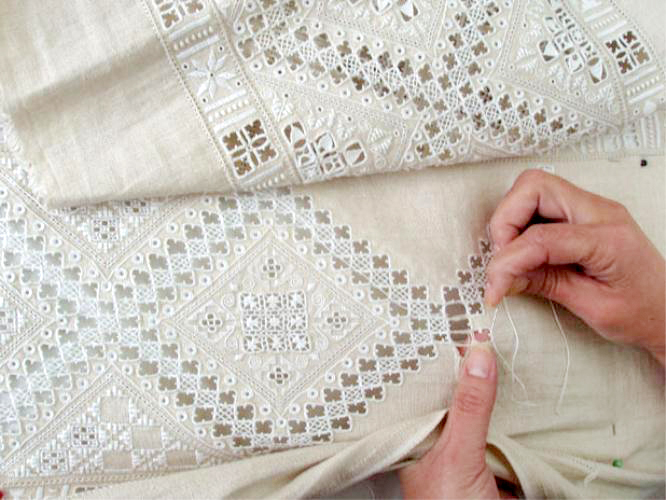 The lace is normally sewn in only one colour, although there are exceptions where two colours are used.
The lace is normally sewn in only one colour, although there are exceptions where two colours are used.
So, if you want to create Cyprus lefkarian lace by yourself, you will need:
- high quality thick linen (often – French or Irish, due to the clear weave);
- scissors;
- a needle and thread (usually – French thread «floss» or «pearl cotton»);
- infinite patience and accuracy;
- free time.
The selected pattern is then applied to thick linen and cut accordingly. In producing Lefkarian lace it is important to remember that both sides of the product are facial.
Uniqueness of the lefkarian lace in Cyprus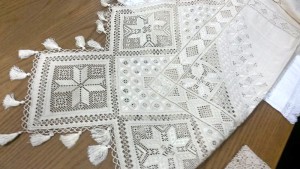
The slots on the lace are large, the bridges between them small, and all the knots and ends are hidden. Such work requires true diligence – a tablecloth of 100 x 100 cm can take a whole year of hard work to complete.
The technique used means that this embroidery can only be done by hand. Punching holes with a mechanically stamp can catch adjacent filaments ruining the product after the first washing. Lefkarian lace, on the contrary, retains the original appearance for decades.
Priceless lefkarian lace is the national treasure of Cyprus
This famous lace can be called a national treasure of Cyprus and for a long time Lefkarian lace adorned the 1 pound banknotes. Some images of Lefkarian lace are also on the list of cultural heritage by UNESCO.




